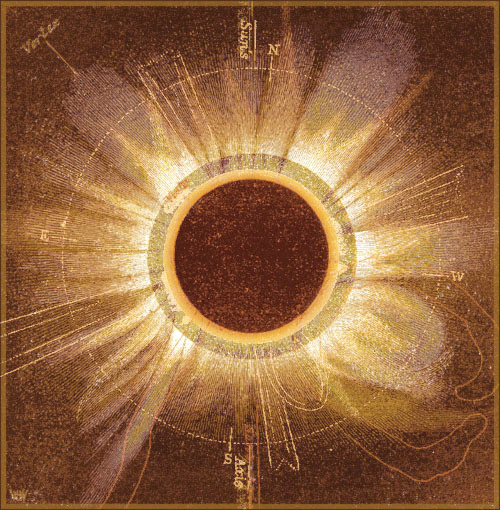

With your back to the sun, look at your hands’ shadow on the ground. For example, cross the outstretched, slightly open fingers of one hand over the outstretched, slightly open fingers of the other, creating a waffle pattern. To make sure you get (or got) your eclipse glasses/viewers from a supplier of ISO-compliant products, see the American Astronomical Society (AAS) Reputable Vendors of Solar Filters & Viewers page.Īn alternative method for safe viewing of the partially eclipsed sun is pinhole projection.
Solar eclipse maestro kestrel iso#
Such warnings are outdated and do not apply to eclipse viewers compliant with the ISO 12312-2 standard adopted in 2015. Some glasses/viewers are printed with warnings stating that you shouldn't look through them for more than 3 minutes at a time and that you should discard them if they are more than 3 years old. Furthermore, if the filters aren't scratched, punctured, or torn, you may reuse them indefinitely.

Note: If your eclipse glasses or viewers are compliant with the ISO 12312-2 safety standard, you may look at the uneclipsed or partially eclipsed Sun through them for as long as you wish. Put your eclipse glasses on over them, or hold your handheld viewer in front of them. If you normally wear eyeglasses, keep them on. Outside the path of totality, you must always use a safe solar filter to view the sun directly. Experience totality, then, as soon as the bright sun begins to reappear, replace your solar viewer to look at the remaining partial phases. , remove your solar filter only when the moon completely covers the sun’s bright face and it suddenly gets quite dark. Note that solar filters must be attached to the front of any telescope, binoculars, camera lens, or other optics. Seek expert advice from an astronomer before using a solar filter with a camera, a telescope, binoculars, or any other optical device. Similarly, do not look at the sun through a camera, a telescope, binoculars, or any other optical device while using your eclipse glasses or hand-held solar viewer - the concentrated solar rays will damage the filter and enter your eye(s), causing serious injury. After looking at the sun, turn away and remove your filter - do not remove it while looking at the sun.ĭo not look at the uneclipsed or partially eclipsed sun through an unfiltered camera, telescope, binoculars, or other optical device. Stand still and cover your eyes with your eclipse glasses or solar viewer before looking up at the bright sun. Read and follow any instructions printed on or packaged with the filter.Īlways supervise children using solar filters. Refer to the American Astronomical Society (AAS) Reputable Vendors of Solar Filters & Viewers page for a list of manufacturers and authorized dealers of eclipse glasses and handheld solar viewers verified to be compliant with the ISO 12312-2 international safety standard for such products.Īlways inspect your solar filter before use if scratched or damaged, discard it. Homemade filters or ordinary sunglasses, even very dark ones, are not safe for looking at the sun they transmit thousands of times too much sunlight. The only safe way to look directly at the uneclipsed or partially eclipsed sun is through special-purpose solar filters, such as “eclipse glasses” (example shown at left) or hand-held solar viewers. Eclipse: Who? What? When? Where? and How?.


 0 kommentar(er)
0 kommentar(er)
